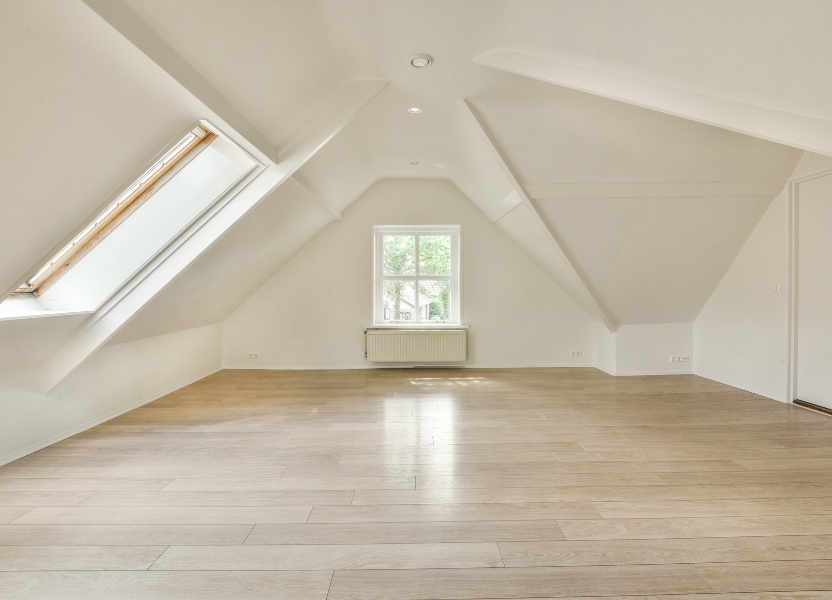The mortar between your property's bricks or stonework might seem like a minor detail, but it plays a crucial role in protecting your home's structural integrity. Repointing – the process of renewing this mortar – is one of the most important maintenance tasks for older properties, yet it's often overlooked until problems become serious.
What is Repointing?
Repointing involves carefully removing deteriorated mortar from between bricks or stones and replacing it with fresh mortar. This isn't simply a cosmetic improvement – the mortar joints are your property's first line of defence against water penetration and structural movement.
The mortar in older properties was typically made with lime, which naturally allows walls to breathe and move slightly with temperature changes. Modern properties might use different mortar compositions, but the principle remains the same: healthy mortar joints are essential for a healthy building.
Why Mortar Deteriorates
Weather Exposure
Constant exposure to rain, frost, and temperature fluctuations gradually breaks down mortar over time. The freeze-thaw cycle is particularly damaging, as water expands when it freezes, creating pressure that can crack and crumble mortar joints.
Age and Natural Weathering
All mortar has a finite lifespan. Depending on the original materials used and environmental conditions, mortar typically needs renewal every 25-50 years, though this can vary significantly.
Previous Poor Repairs
Sometimes, well-meaning repairs using inappropriate modern mortars can actually accelerate deterioration. Hard cement mortars on older properties can prevent natural movement and moisture evaporation, causing problems elsewhere in the wall.
Warning Signs That Repointing is Needed
Visual Inspection
Look for mortar that's cracking, crumbling, or falling out of the joints. You might notice gaps appearing between bricks or stones, or mortar that's become soft and can be easily scraped away with a fingernail.
Water Penetration
Damp patches on interior walls, particularly after heavy rain, can indicate that water is finding its way through deteriorated mortar joints. This is often one of the first signs that repointing is urgently needed.
Structural Movement
While slight settlement is normal in older buildings, ongoing movement or new cracks appearing around windows and doors might indicate that mortar joints are no longer providing adequate support.
The Consequences of Delaying Repointing
Escalating Damage
What starts as minor mortar deterioration can quickly escalate. Water penetration through failed joints can damage internal walls, cause structural timbers to rot, and even affect foundations in severe cases.
Increased Costs
The longer repointing is delayed, the more extensive and expensive the eventual work becomes. Early intervention can often be completed relatively affordably, whilst major structural repairs can cost thousands.
Property Value Impact
Properties with obviously deteriorated pointing can be difficult to sell and may be valued lower due to the perceived maintenance issues.
The Repointing Process
Assessment and Preparation
Professional repointing begins with careful assessment of the existing mortar and wall condition. The old mortar must be removed to the correct depth without damaging the surrounding brickwork or stonework.
Mortar Selection
Choosing the right mortar mix is crucial. It should be compatible with the existing materials and softer than the bricks or stones to allow for natural movement. This often means using lime-based mortars for older properties.
Weather Considerations
Repointing should only be carried out in suitable weather conditions. Extreme temperatures, frost, or heavy rain can affect the curing process and compromise the finished work.
DIY vs Professional Work
While small areas of repointing might seem manageable for confident DIY enthusiasts, there are significant risks involved. Poor technique can damage expensive brickwork, whilst inappropriate mortar selection can cause long-term problems that are costly to rectify.
Professional contractors bring expertise in mortar matching, proper preparation techniques, and understanding of how different building materials interact. They also carry insurance to cover any potential damage during the work.
Maintaining Your Investment
Once repointing is complete, regular maintenance can extend its lifespan significantly. This includes keeping gutters clear, ensuring good drainage around the property, and addressing any minor issues before they become major problems.
Planning Ahead
Repointing is a significant investment, but it's also one of the most cost-effective ways to protect your property's long-term condition. Regular inspections can help you plan for repointing work before it becomes urgent, allowing you to budget appropriately and choose the best time for the work to be carried out.
Remember, good repointing is an investment in your property's future. When done properly with appropriate materials and techniques, it will protect your home for decades to come.






.svg)
.svg)
.svg)
.svg)